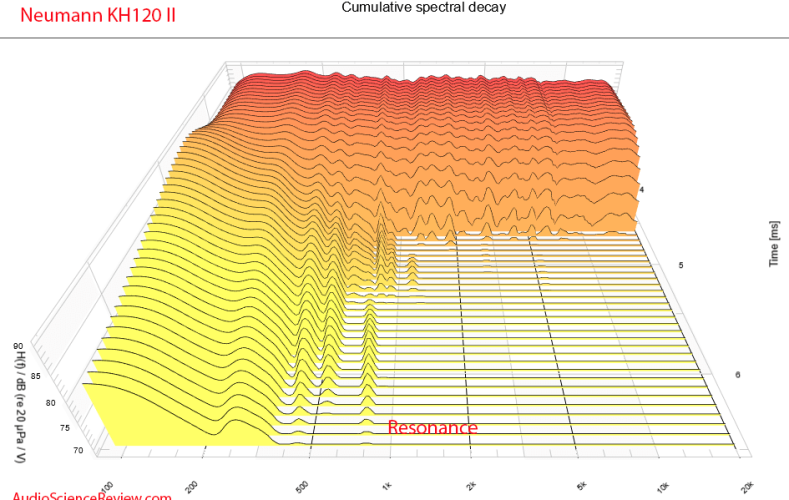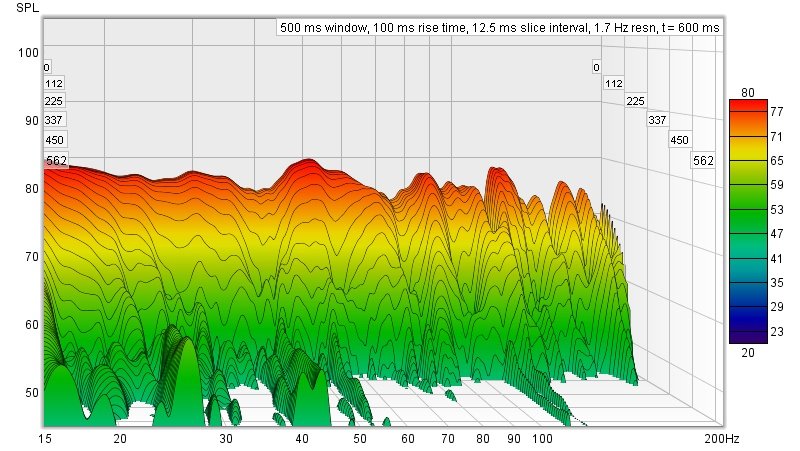castleofargh
Sound Science Forum Moderator
- Joined
- Jul 2, 2011
- Posts
- 10,975
- Likes
- 6,815
There are still enough differences, including distortions types other than THD that could be relevant to listeners.Hypothetically speaking, I suppose if two cans measure exactly the same across all aspects then they necessarily must sound the same. But in reality that will never be the case. If you look at Stealth, Susvara and HE-1 all three adhere almost perfectly to the Harmon target (was it 2018 version?), but they don't sound alike at all (yes I have spent a good amount of time with all three).
But there is an even simpler explanation. If 2 headphones did measure exactly the same on a given dummy head, they would not on another dummy head or on another real head. The changes brought up by the ear when a driver is at a different distance, has a different size, maybe even a slight angular shift, and of course the pads, how do they seal on a rubber type skin isn't how they will seal on my head or on someone's head with actual hair on it. We expect and would get a few dB change here and there that I do expect to often be audible.
And of course there is also the thing about the pair measured VS the pair you tried. Those too probably have variations of a few dB here and there.
So even hypothetically, the logic is flawed from the get-go, and does not point toward some unmeasurable things that a human can perceive. Which, I guess, was the argument someone else associated with that fake premise.














